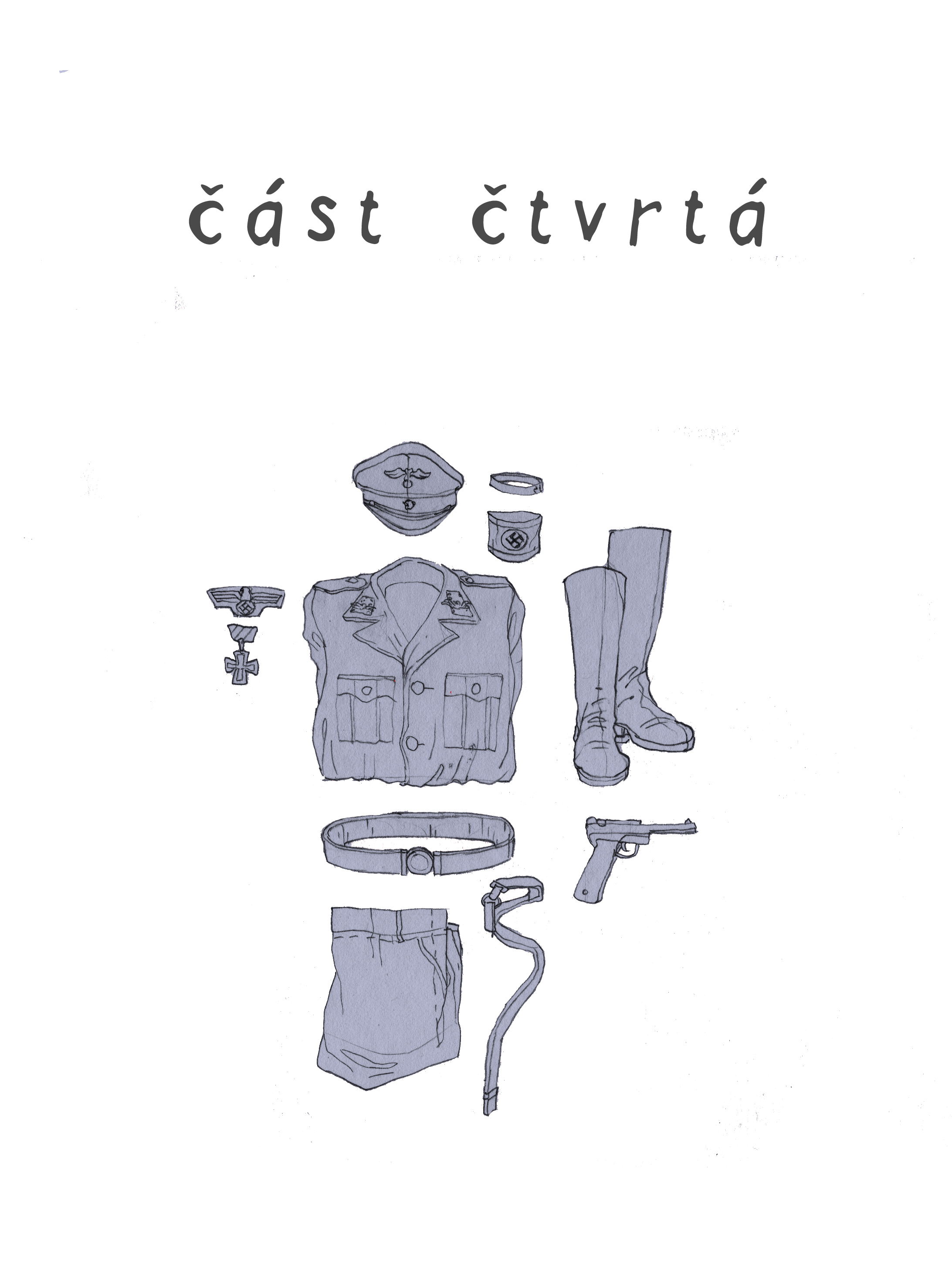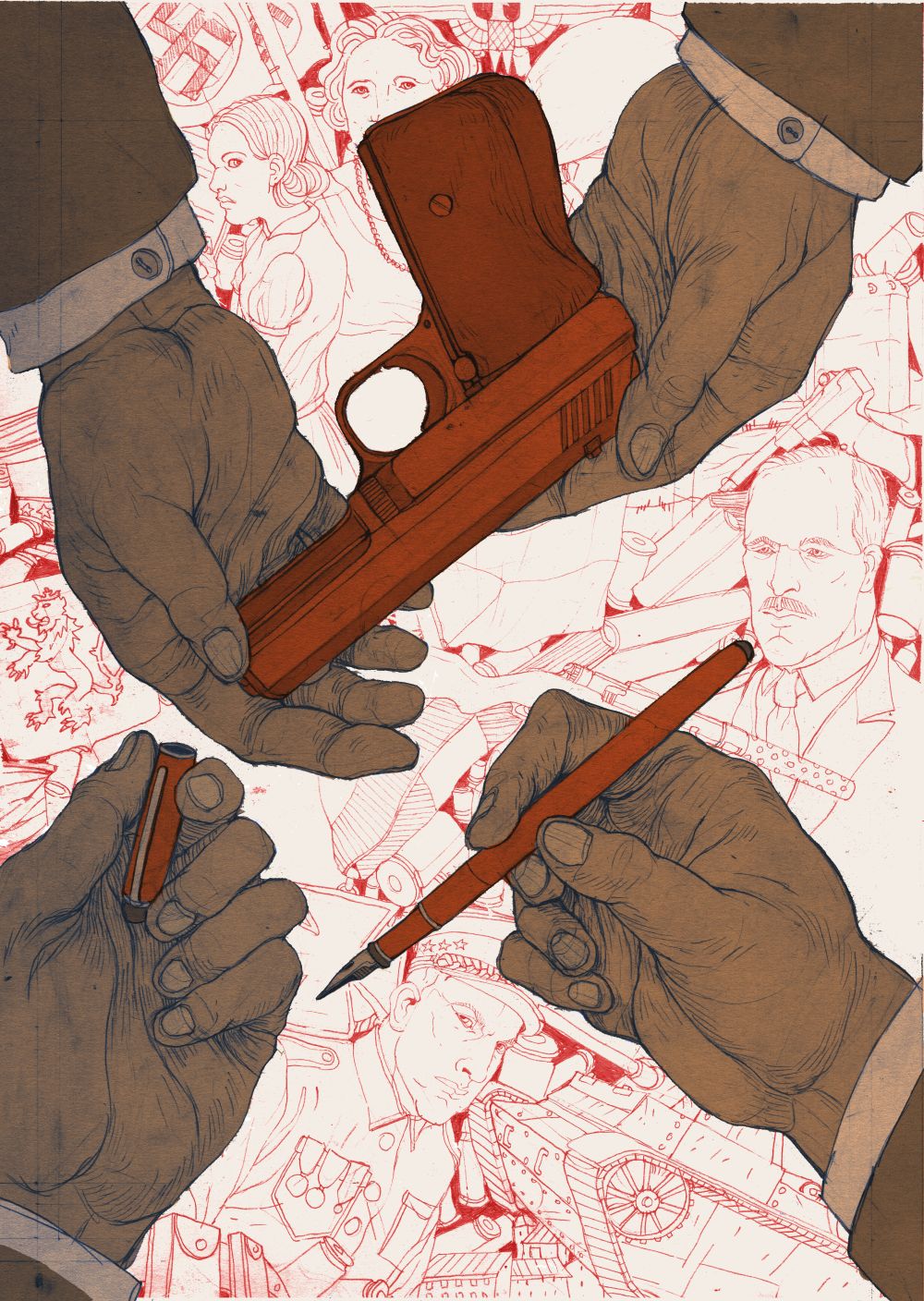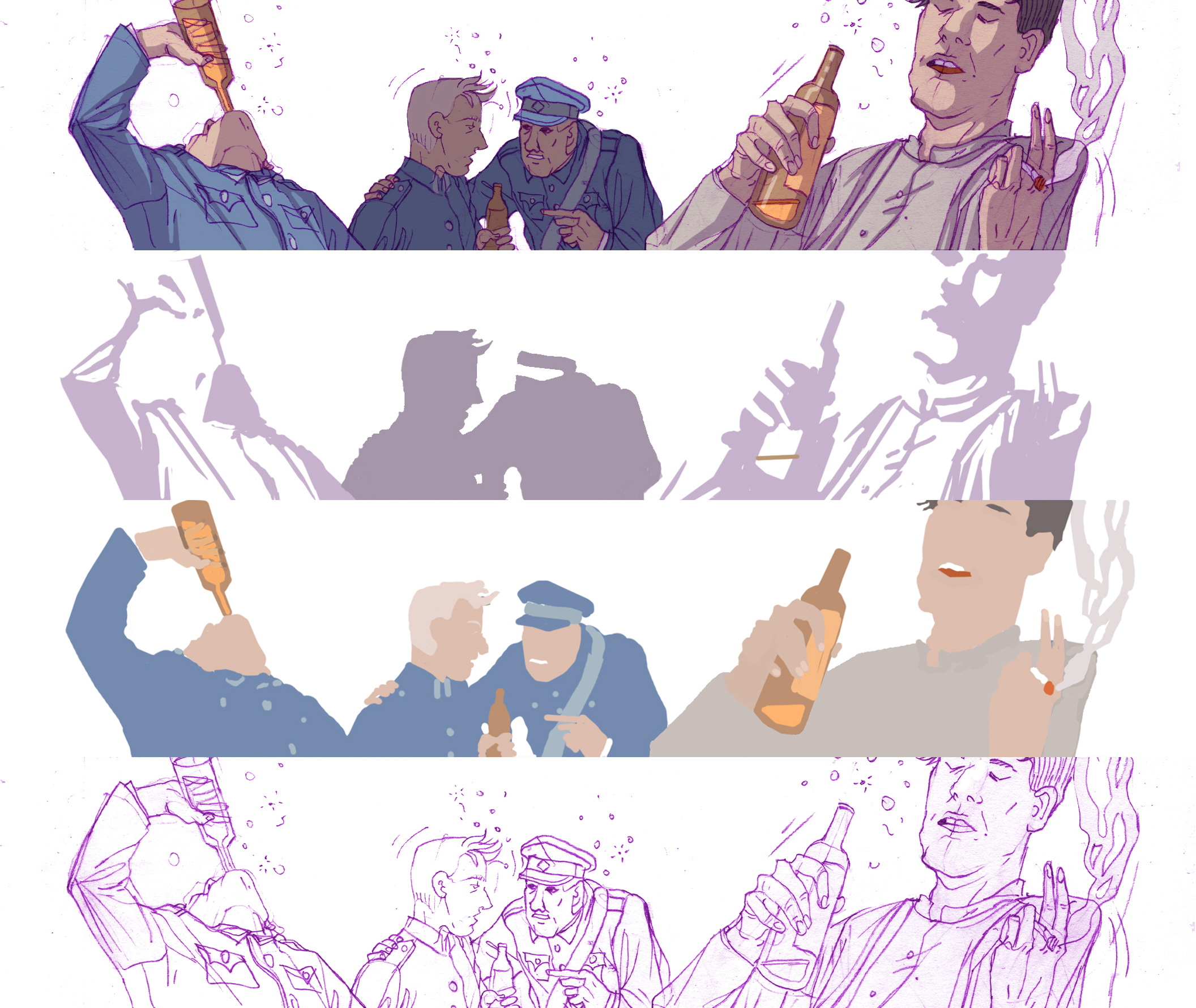
The Process of a Comic Book
September 28, 2016
Here is the third blog post from our first Scholar-in-Residence — Ms. Štěpánka Jislová, a comic book author/illustrator from Prague. Ms. Jislová will be joining us next month as part of the prestigious “Getting to Know Europe” grant that Wilkinson College of Arts, Humanities and Social Sciences was awarded from the European Union. We are excited to get to know Ms. Jislová and meet her!
The Process of a Comic Book
By Štěpánka Jislová
 This summer I was commissioned by a major Czech publisher to create a comic book based on a script from a TV show called The Czech Century. The title might be slightly misleading, because in fact, it should be called the Czechoslovak history. In nine episodes, the creators of the show present the most important events that happened in the 20th century – be it founding of the independent Czechoslovakian Republic or the communist overthrow in 1948.
This summer I was commissioned by a major Czech publisher to create a comic book based on a script from a TV show called The Czech Century. The title might be slightly misleading, because in fact, it should be called the Czechoslovak history. In nine episodes, the creators of the show present the most important events that happened in the 20th century – be it founding of the independent Czechoslovakian Republic or the communist overthrow in 1948.
I was picked to tell the story of the Munich Agreement, an unfortunate political fiasco that took place in 1938 and led to a complete overtake by Nazi Germany. The book was suppose to have the traditional 60 pages and there wasn’t much time left since it was supposed to hit the  market in Fall 2016.
market in Fall 2016.
But first things first – and that’s, as it goes with every book, the cover. The covers are usually done in advance, six months or more – the publishers need it for promotion. I wanted to portrait the most significant difference in mind sets of this uneasy situation – the sheer brutal force and pride versus the humanistic approach of diplomacy and maintaining peace. Therefore, a gun versus a pen.
As it turned out, the most exhausting and prolonged part of the process were the never ending edits of the script. The problem was, that a movie script varies hugely from the way comics are written. Especially in a story based on dialogues. Movies are not called motion pictures for no reason – even though nothing is seemingly happening in them, a talking character can always walk around or make a gesture, many things can be happening in the background, be it rain falling or clock ticking. At least, part of the shot needs to be moving so that the viewer doesn’t get bored and has the sense that the story is always moving forward.
But all these rules are meaningless when it comes to comics – comics is a static medium, each frame frozen in that one second the author chose to portrait. So what can we do?
One of the possible solutions is to find a different theme that keeps the story together. One of the other authors decided to portray the members of communist party as dinosaurs. Anything that makes the story rise above the vague mixture of talking heads.
So I chose a metaphor.
 For many people, the Munich Agreement was the worst thing to ever happen to us – and that’s coming from a nation that was pretty much always ruled by somebody else. In 1938, all the allying contracts were betrayed and Czechoslovakia was left surrounded by enemies. There were only a few kilometers of Romanian borders that weren’t considered a possible war front.
For many people, the Munich Agreement was the worst thing to ever happen to us – and that’s coming from a nation that was pretty much always ruled by somebody else. In 1938, all the allying contracts were betrayed and Czechoslovakia was left surrounded by enemies. There were only a few kilometers of Romanian borders that weren’t considered a possible war front.
Once everything was said and done, many people thought that we should have fought, we should have honorably died and then the soul and pride of the nation would had survived.
And since it seemed like everything fell apart that year, I decided to use the falling apart as a visual clue. So as the story progresses, the buildings become more of a ruins, the cracks are covering the walls and people crack under the pressure in a situation such as this. To emphasize the atmosphere, the book’s color scheme starts at a fairly saturated level and colors start to fade as the troubles pile. The last scene is simply black and white.
We – me and the script writer, Pavel Kosatík, went back-and-forth (a lot), but eventually we settled on this version. It’s a historical comics after all, and the history nerds can be pretty hard to please.
The second part was the storyboard. The main task was to fill up 60 more pages with the script, which turned out to be way too long for this number of pages. I had to cut a lot and now the finished album is 65 pages. I make very simple storyboards, mostly just so I know what kind of panels I want to use and the composition on the page to make sure the story flows smoothly.
 In June 2016 I finally started with the actual pages. To speed up the process a bit, I drew them all in pencil and than continued to color them in Photoshop. Each scene has a different color pallet and I started coloring the pencil lines as well, as it ads a nice contrast touch to the whole look.
In June 2016 I finally started with the actual pages. To speed up the process a bit, I drew them all in pencil and than continued to color them in Photoshop. Each scene has a different color pallet and I started coloring the pencil lines as well, as it ads a nice contrast touch to the whole look.
Once the pages were ready, it was time to letter them. I have my own font from my own handwriting and I wholeheartedly recommend anyone doing comics to do the same. Computer fonts will never look as good.
The deadline was very difficult and right now I am in this timeless state, which means I finished all the drawings, coloring and lettering, and now I am waiting for the stream of revisions to come.
I honestly hate this part so much, as every other artist, I am sure. Especially if you, like me, work partly traditionally, edits aren’t something you can make easily nor quickly. Sometimes you have to re-draw a whole panel or more, so pretty much every remark feels like nit-picking. I have a note in my mailbox that the soldier’s helmets aren’t exactly authentic and it’s making me put on my most sarcastic face. It’s important to remember at these moments that everyone is just trying to make the best book possible and they are not devilishly going through the pages, hoping to find every little thing to be changed just to piss me off. Than again, I can understand quite clearly that I might not be the easiest to work, as I am tired as hell after meeting this deadline.
The book needs to go to print soon and hopefully in mid-fall, I ‘ll be holding the finished product in my hands. Comics is a particular medium though. They take so long to be created and then it takes half an hour to be read. But still, the way of telling stories via images and text combined is wonderful and I am sure I ll be back at it soon again.

